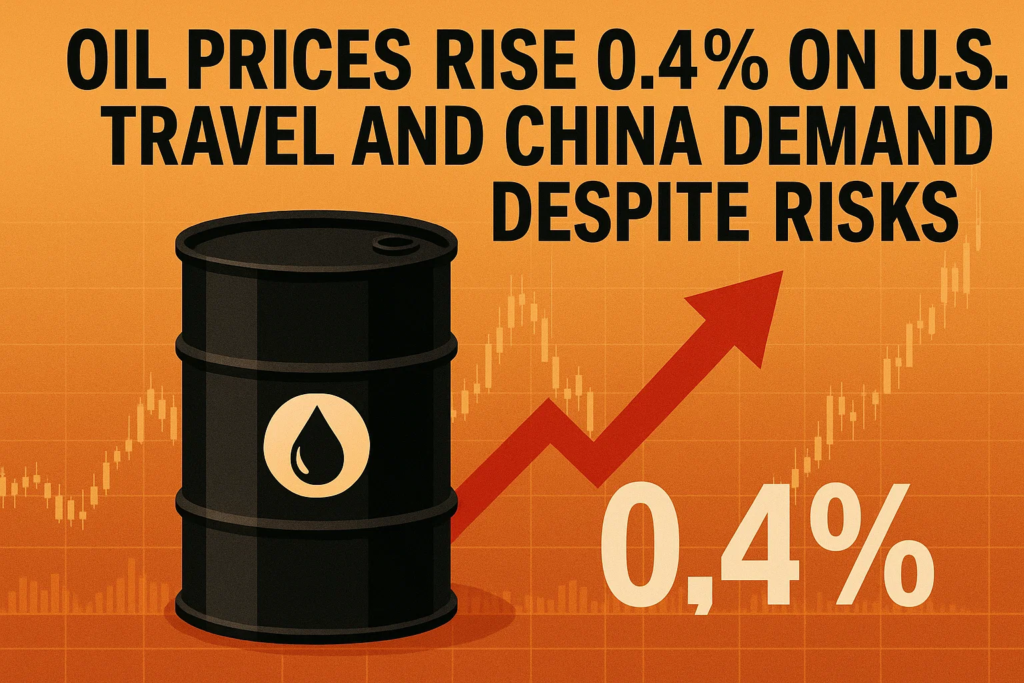Oil prices edged higher Wednesday as seasonal demand in the U.S. and China provided a boost, though underlying economic concerns kept gains modest. Brent crude futures rose $0.13 (0.2%) to $68.84, while U.S. West Texas Intermediate (WTI) climbed $0.25 (0.4%) to $66.77 per barrel.
The move reversed two consecutive days of declines, driven largely by strong travel demand during the Northern Hemisphere’s summer season. U.S. gasoline consumption saw a notable uptick during the July 4th holiday period, signaling robust domestic fuel use. Analysts at LSEG noted that “seasonal travel patterns and industrial activity are lending upside pressure to prices.”
China also contributed to bullish sentiment. The country’s crude oil throughput in June rose 8.5% year-over-year, showing resilience in the face of trade tensions. Although China’s Q2 economic growth slowed, it remained stronger than anticipated, partially due to frontloading of activity to avoid U.S. tariff hikes.
Tariffs and Inventories Cap Gains
Despite near-term support, oil markets remain cautious. Volatility continues as traders weigh rising inventories and geopolitical uncertainty. President Trump’s threat of tariffs on Russian oil imports and broader trade policies inject uncertainty into the global demand outlook.
Key bearish factors include:
- U.S. oil inventories have risen for the second consecutive week.
- Market concerns persist about slower economic growth due to protectionist trade moves.
- A stronger U.S. dollar could limit commodity buying power globally.
Priyanka Sachdeva, senior analyst at Phillip Nova, emphasized that recent price stabilization may be “more technical than fundamental,” suggesting a lack of clear direction in the short term.
Mixed Outlook from Global Producers
OPEC remains cautiously optimistic. In its latest monthly report, the cartel forecasted improved economic performance in H2 2025, with higher oil demand driven by emerging markets. China, Brazil, and India are surpassing expectations, while the U.S. and EU are gradually recovering from last year’s slowdowns.
Still, analysts advise watching inflation and interest rate expectations, particularly in the U.S., where additional tariffs could pressure consumer spending and reduce fuel demand.
Looking Ahead:
- Watch for updates on U.S. inflation and interest rate trends.
- Monitor China’s economic indicators and oil import data.
- Keep an eye on OPEC’s production strategy in coming months.
Until more clarity emerges on global growth and policy direction, oil prices may continue to trade within a narrow band, sensitive to both demand spikes and geopolitical headlines.


